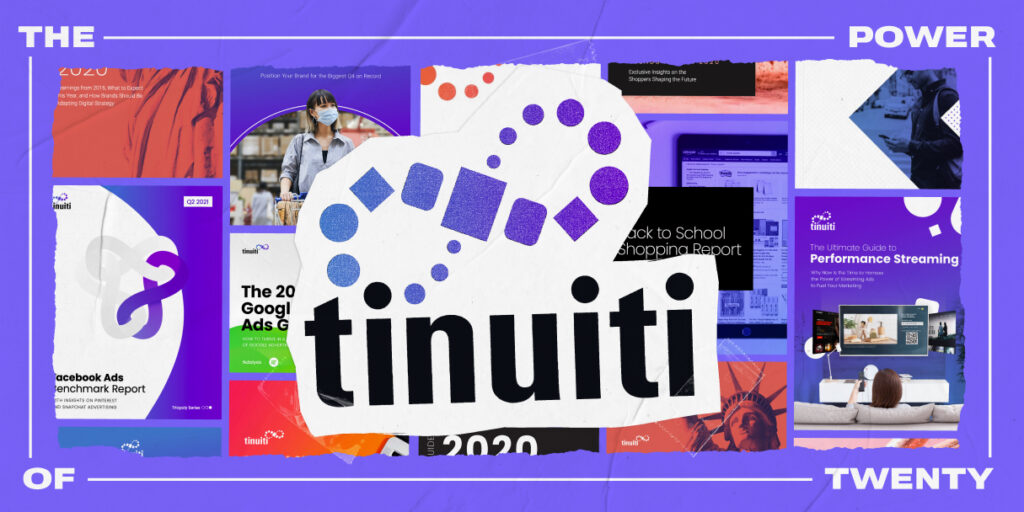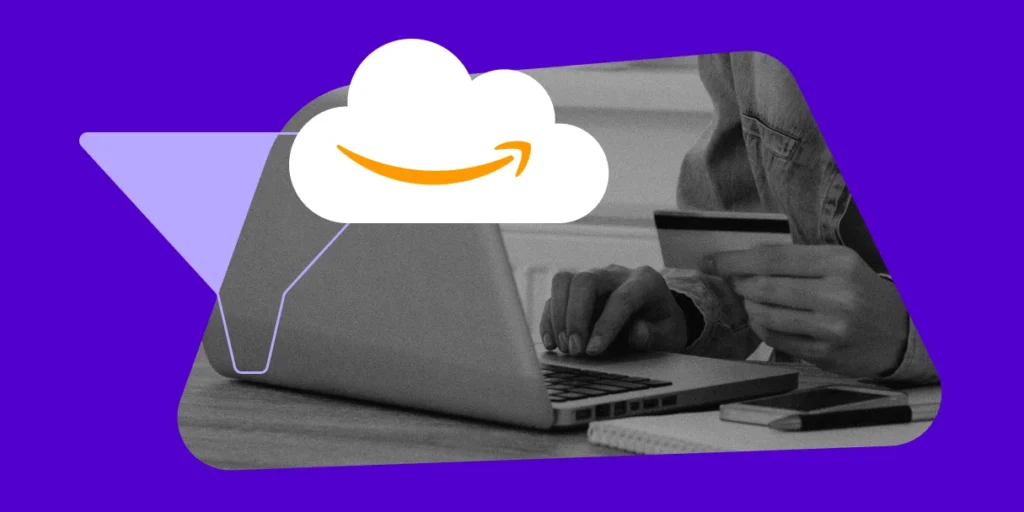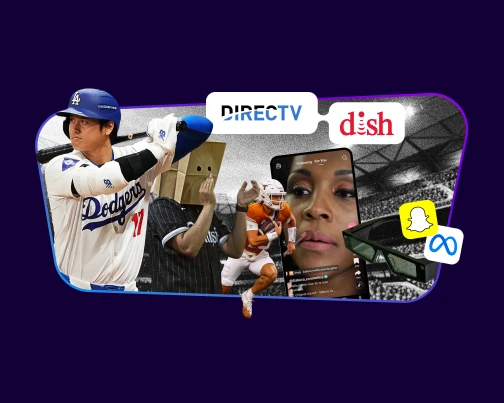Reach and impression are two of the most commonly used terms in digital marketing metrics. Unfortunately, they are also two of the most confused.
Are you unsure of the difference between reach and impression? Know even less about how to act on each of those metrics? Let’s break it down.
Reach vs. Impressions: The Basics
Reach is pretty simple. It’s the total number of unique people who have seen your content – a Facebook post, a shared image on Instagram or a paid ad.
The key here is the term unique. It’s not every single time your ad was displayed or that a post was seen – it’s the times that content was seen by a new and unique individual.
Another way to think of Reach is the total number of people who saw your post or posts in their lifespan. Not to be confused with impressions, which is the total number of times your posts have been seen—including by the same person.

The “Reach” section of your Facebook Insights also breaks down your number of reactions, comments, shares, answers, claims and other engagements over time, and you can even see how many times your posts were hidden or reported as spam.
Pro-Tip: Use reach to discover which posts resonate with users best. Then create more posts in that vein to increase engagement (and further your organic reach).
What are “Impressions”?
Impressions, on the other hand, are the total number of times your content was seen – unique viewers or not. It includes people who saw your post multiple times, clicked through again and again or shared your post with others.
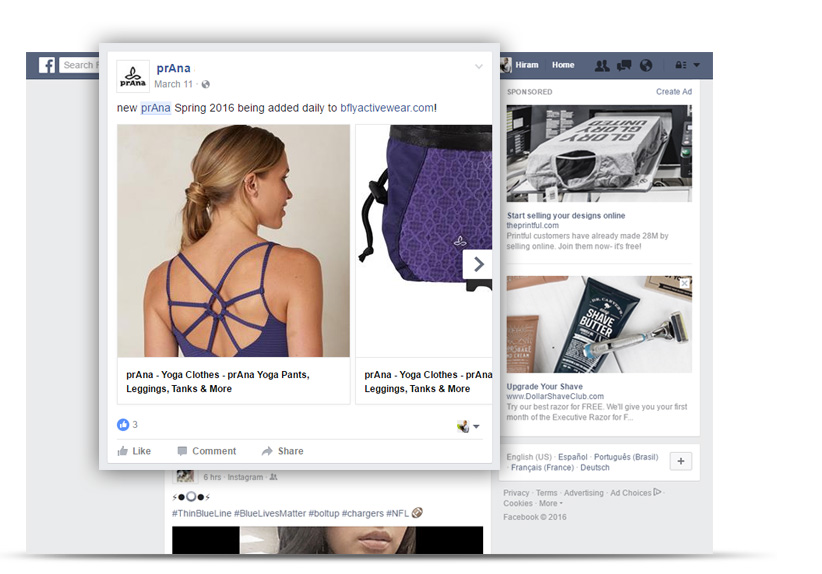
Put simply, it’s the number of times your content was displayed. It usually includes viewers who saw the same content multiple times, even if it was from different sources.
For example, if the same user saw your post in their news feed, then a friend shared it, then it showed up as a paid ad, that would be three total impressions – even though it was just one single viewer.
In general, your impressions will always be bigger than your reach – especially if your content has been up for a while.
Reach vs. Impressions on Different Platforms:
Something to keep in mind is each social platform has its own unique approach to reach and impressions.
Reach vs Impressions on Facebook

On Facebook, for example, there are three types of reach and impressions:
- Organic – This is how many unique people saw your content organically (meaning for free), in their personal news feed.
- Paid – This indicates the number of people who saw your content that you paid for or boosted.
- Viral – This one is the number of users who saw your content because someone else shared it, mentioned it or interacted with it in some other way (liking, commenting, reacting, etc.)

Reach vs Impressions on Twitter
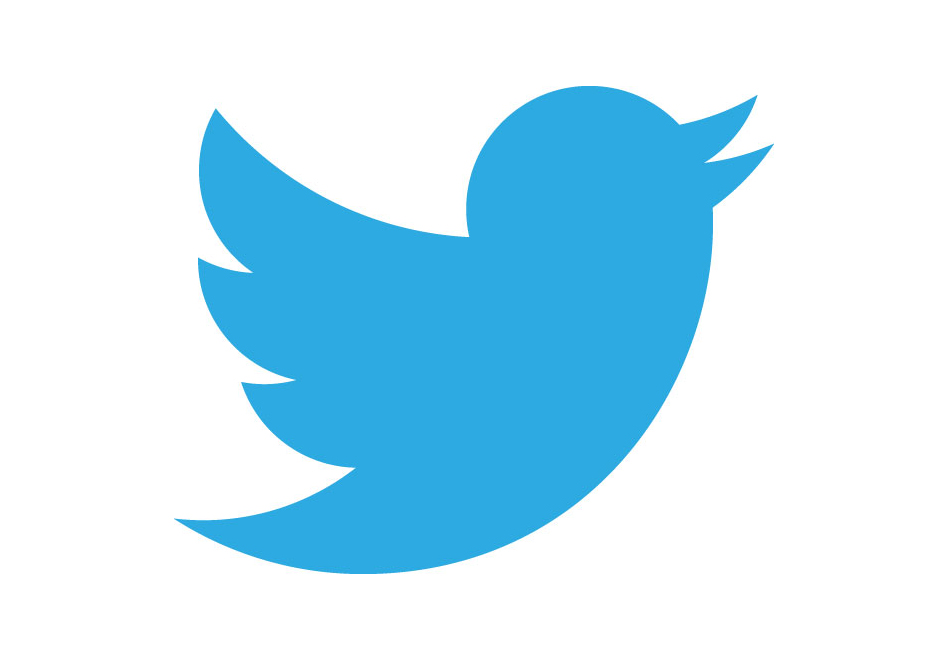
Twitter also has its own unique approach to impressions, though it doesn’t actively track your reach. On this platform, an impression is anytime someone sees a tweet – as long as it’s inside a user’s feed or search results.
Viewing a tweet on your profile or in another context doesn’t count toward impressions, so your metrics are generally lower than you’d expect.
Reach vs Impressions on AdWords
 According to Google, reach in AdWords is based on an estimate of the number of people seen on Google properties within the specified geographic area.
According to Google, reach in AdWords is based on an estimate of the number of people seen on Google properties within the specified geographic area.
Therefore, you may find that reach numbers in AdWords may differ significantly from census population data or other sources due to a range of factors, including:
- Number of accounts used per person
- Number of temporary visitors to a geographic location
- Length of time each person spends on a website
- Number of signed-in people
- Search partner or Google Display Network visits which aren’t included in reach number estimates
Although reach helps you estimate the total number of people you could potentially reach with your ads, it won’t be able to tell you the total number of impressions your ads could receive.
Pro-Tip: If you’re looking for your Impression Share for Google Shopping, you should know that Click Share is a more reliable metric of your ad’s visibility.

“Impressions have become less reliable for Shopping due to the carousel change,” says Lewis Brannon, Paid Search Manager at CPC Strategy.
“The carousel now goes to 30+ products, and impressions are counted even if a user doesn’t scroll–so you might think your Impression Share is solid, but your products could be buried at the end of the carousel. That’s why we set up bid rules for our clients based on Click Share.”
Using Reach and Impressions to Strategize
Here’s a few tips on how to leverage your reach & impression data to influence your marketing strategy:
1. Gain Awareness:
Reach can generally equate to awareness. The more people your content reaches, the more people who are aware of your brand and what you have to offer.
If a market strategy is actively increasing your reach, it’s typically a good sign – as long as the people you’re reaching are in your target audience (and that content is optimized to their needs).
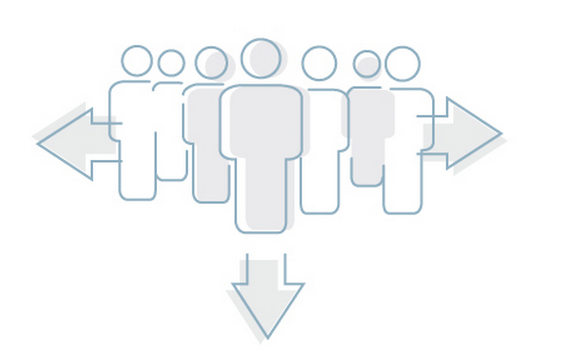
2. Understand Your Potential Reach:
Impressions give you a better idea of your potential reach – especially using metrics like Facebook’s “viral” impressions.
Content that has high viral impressions due to other users sharing it, mentioning it or interacting with it can indicate good content – content that you may want to replicate again. These impressions are, essentially, a form of word of mouth marketing.
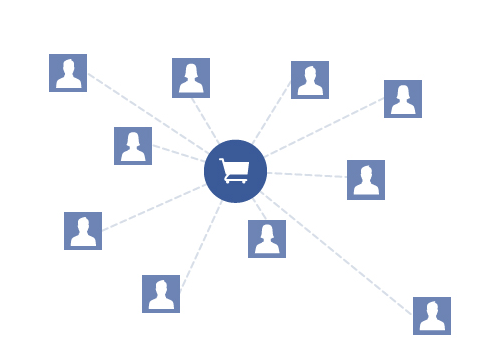
3. Hone In On New Potential Audiences:
Impressions can also help you hone in on more potential audience members. Track these engagements, learn more about those users, and start extending your reach – and your strategies – in their direction.
If impressions aren’t what you’d hope – or they’re declining – it likely means you’re not providing valuable content to your audience.
It could also indicate you’re not optimizing your posts for the exact platform you’re using. Remember, each platform has a unique algorithm for how content is displayed, not to mentioned tracked and measured.
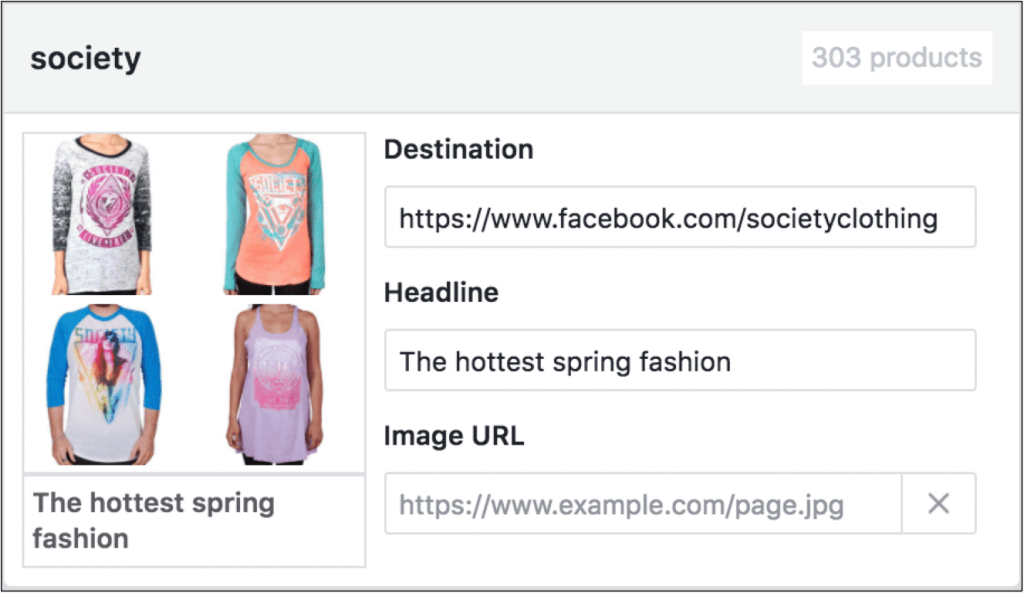
4. Monitor and Adjust Reach & Impressions (as needed)
It’s important to monitor both your reach and impressions and adjust based on what you see, but don’t be afraid to experiment and try new strategies. Just watch your metrics closely, react and analyze the results.
And don’t forget: these aren’t the only two metrics out there. Though they’re certainly important when it comes to social marketing, they’re not the end-all, be-all.
Conversions, engagement, referrals and many other metrics should all play a role in your strategy.
To learn more about reach vs. impressions, email [email protected].
You Might Be Interested In


